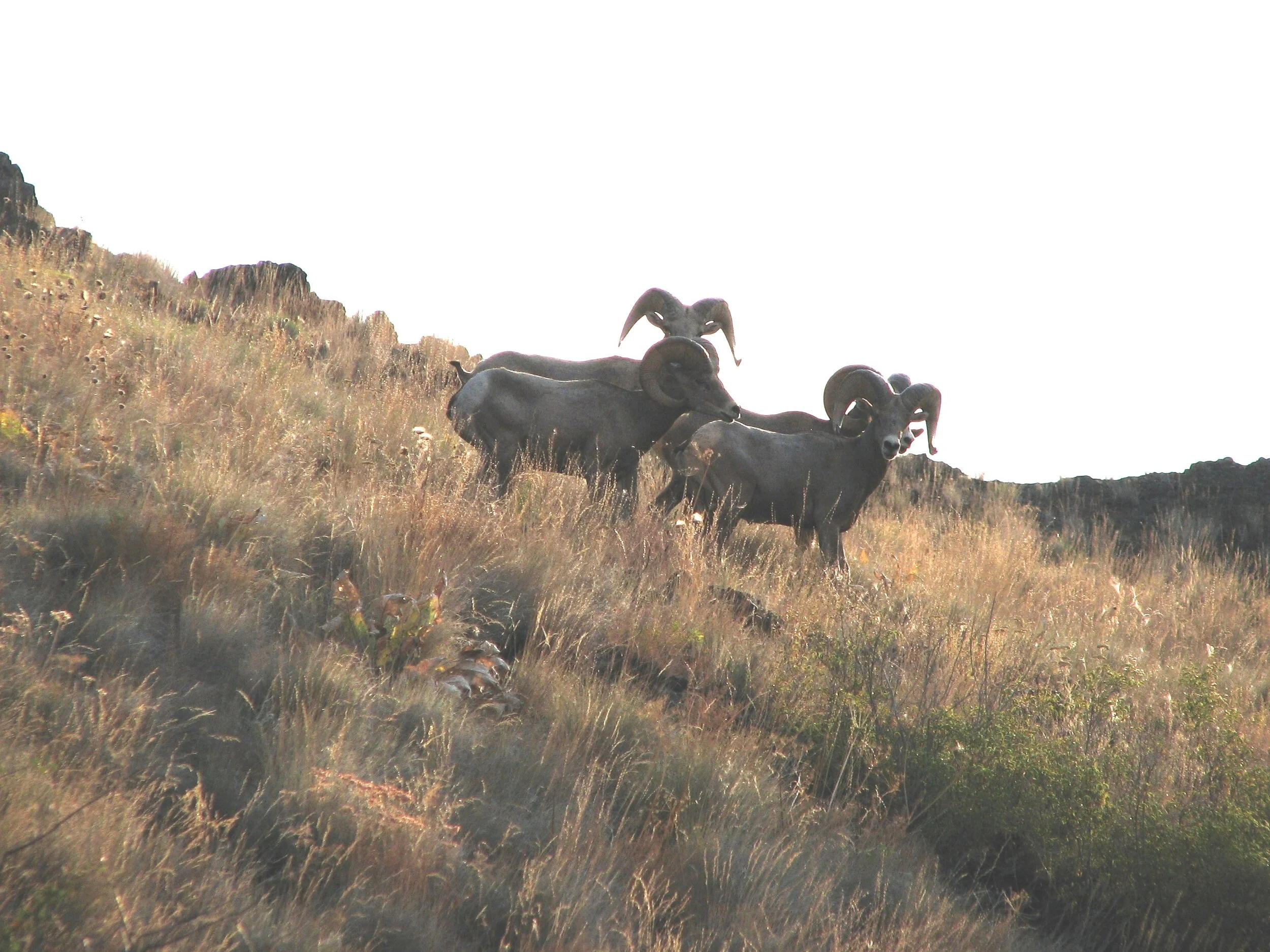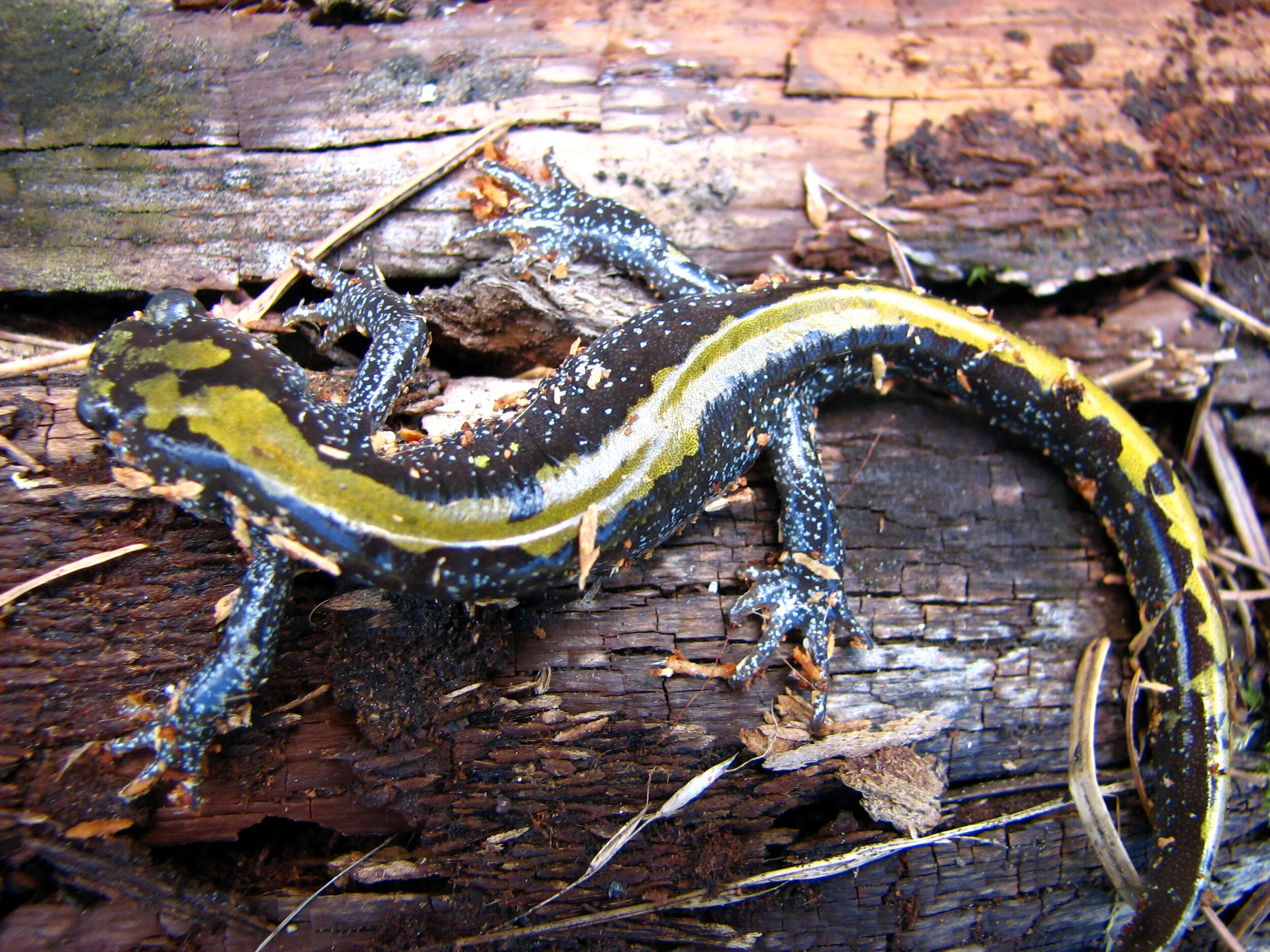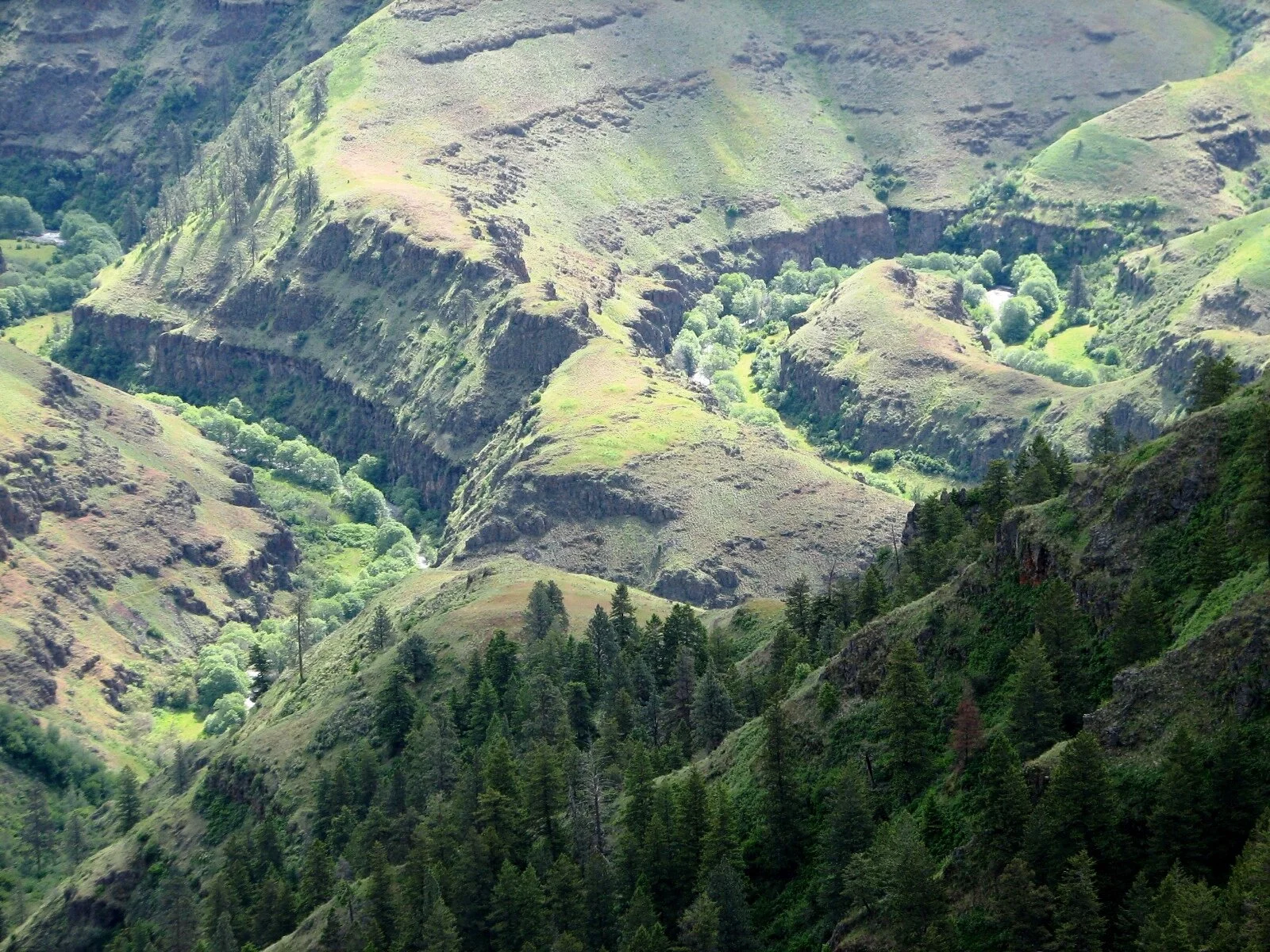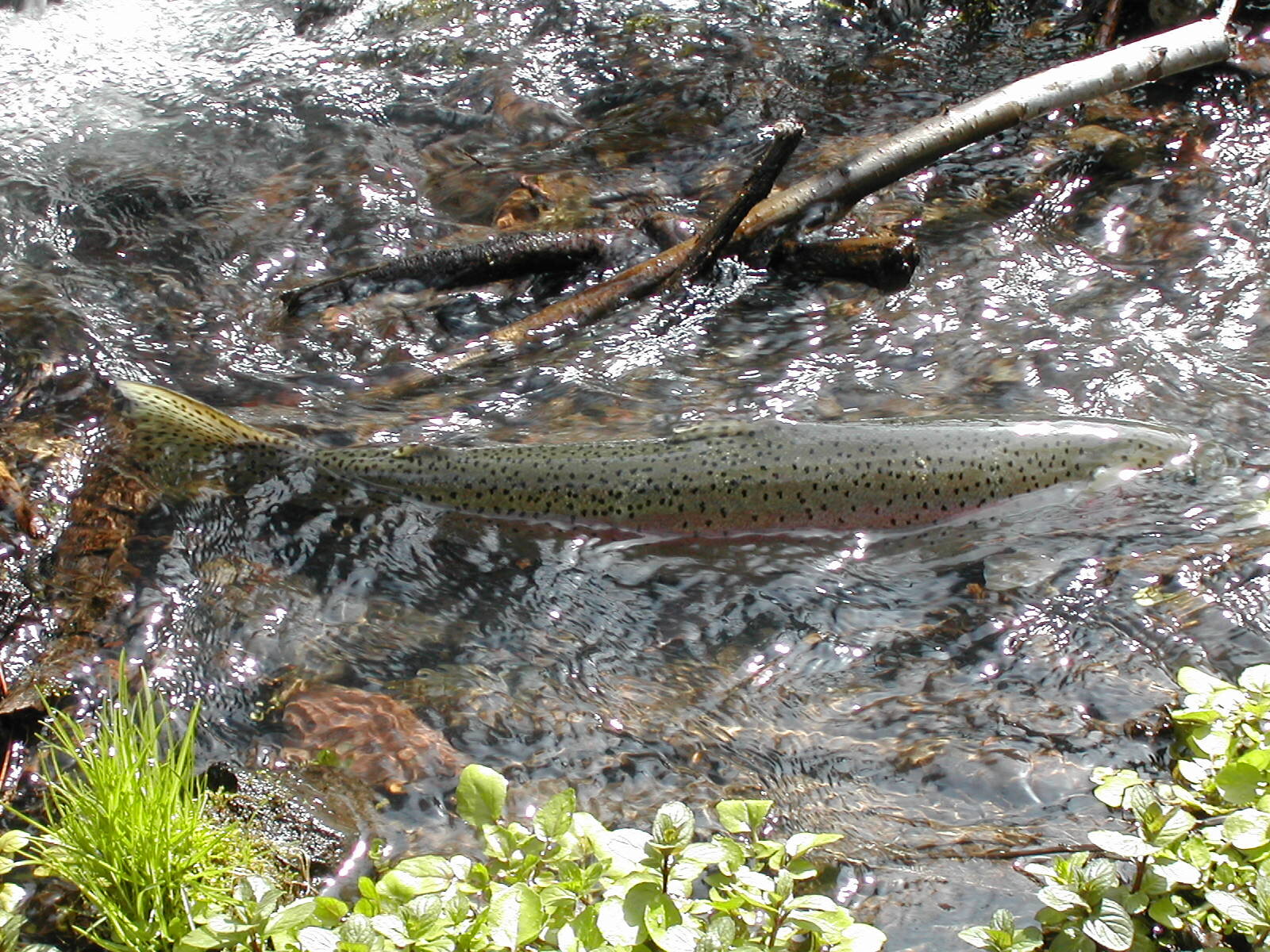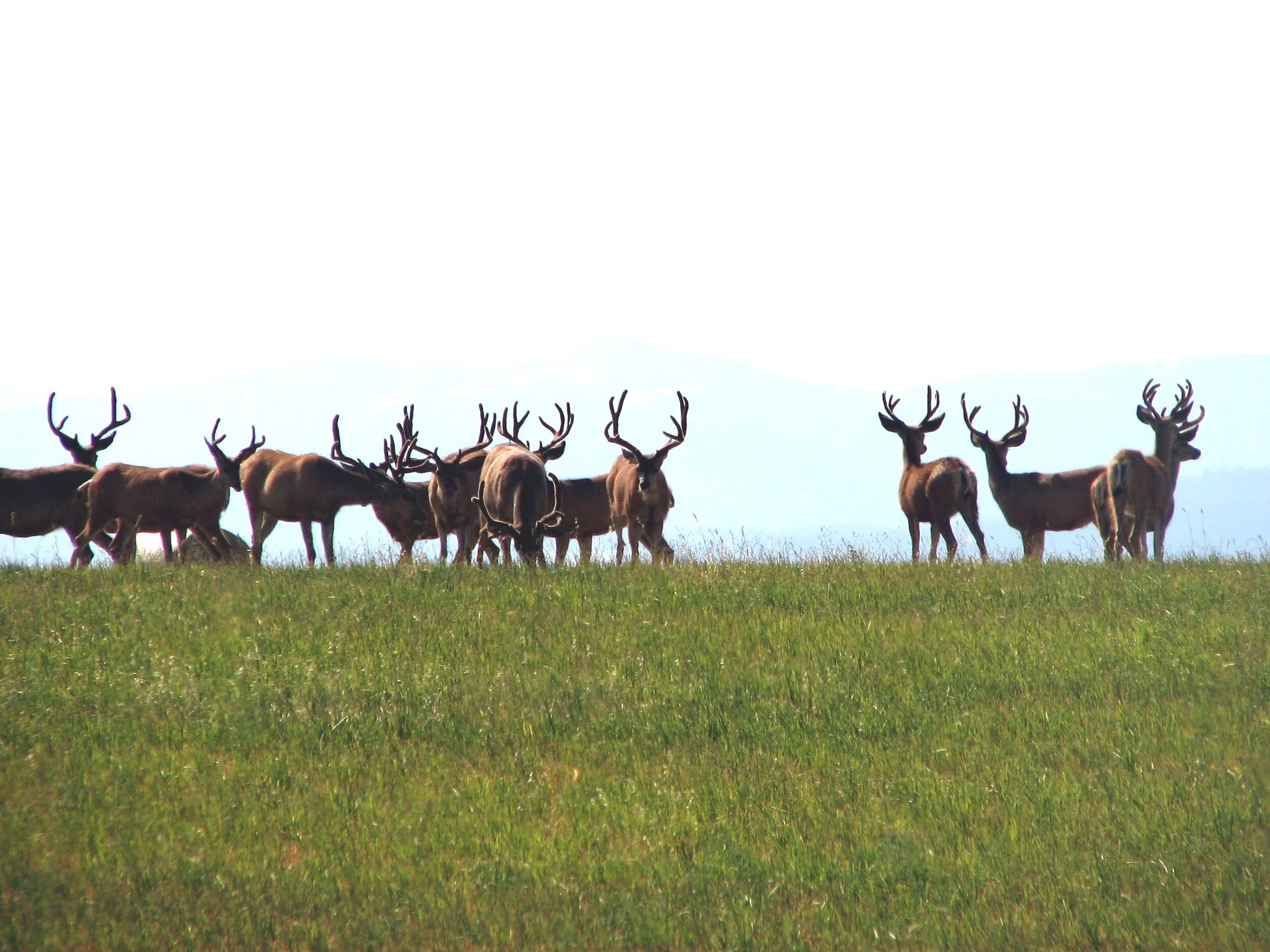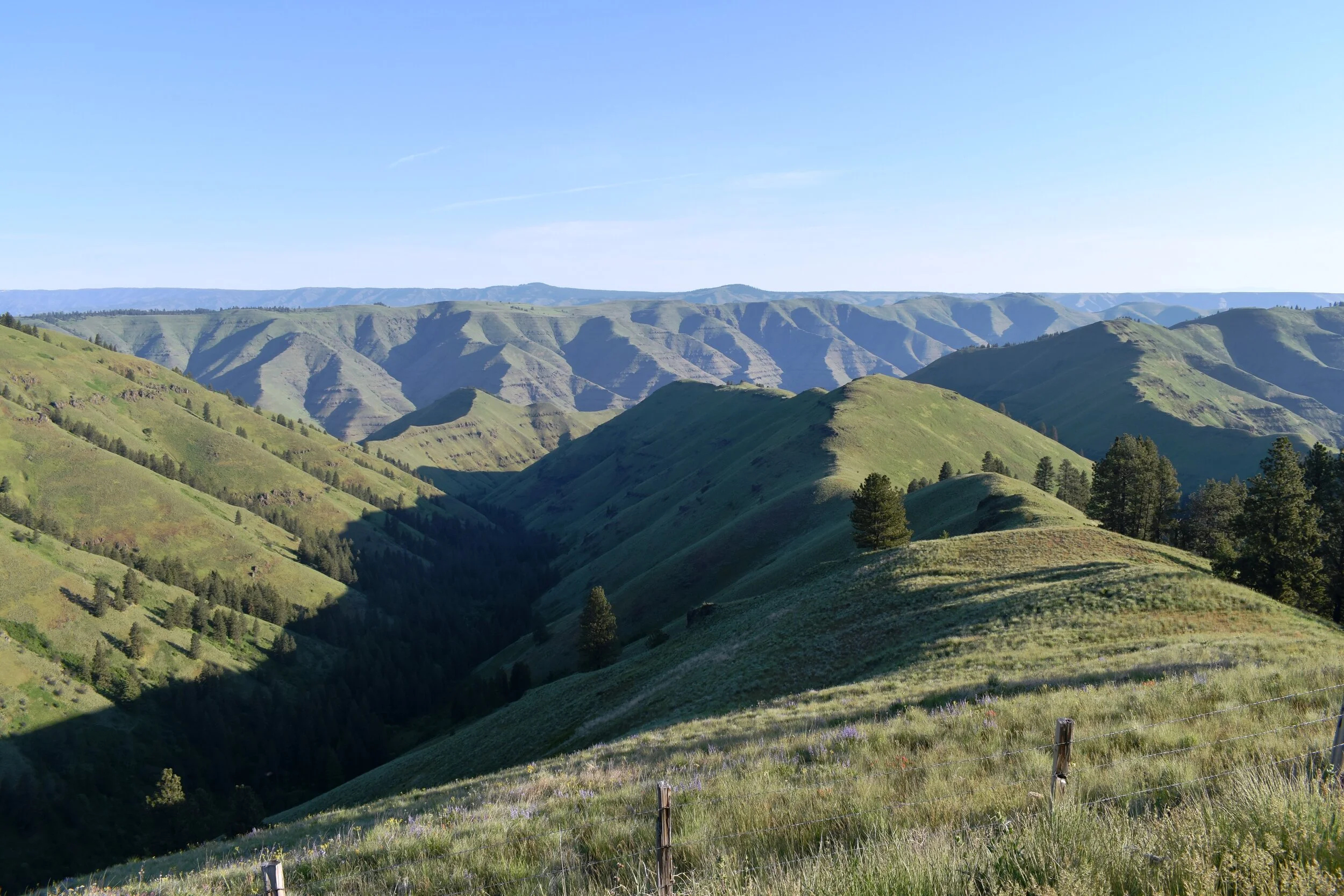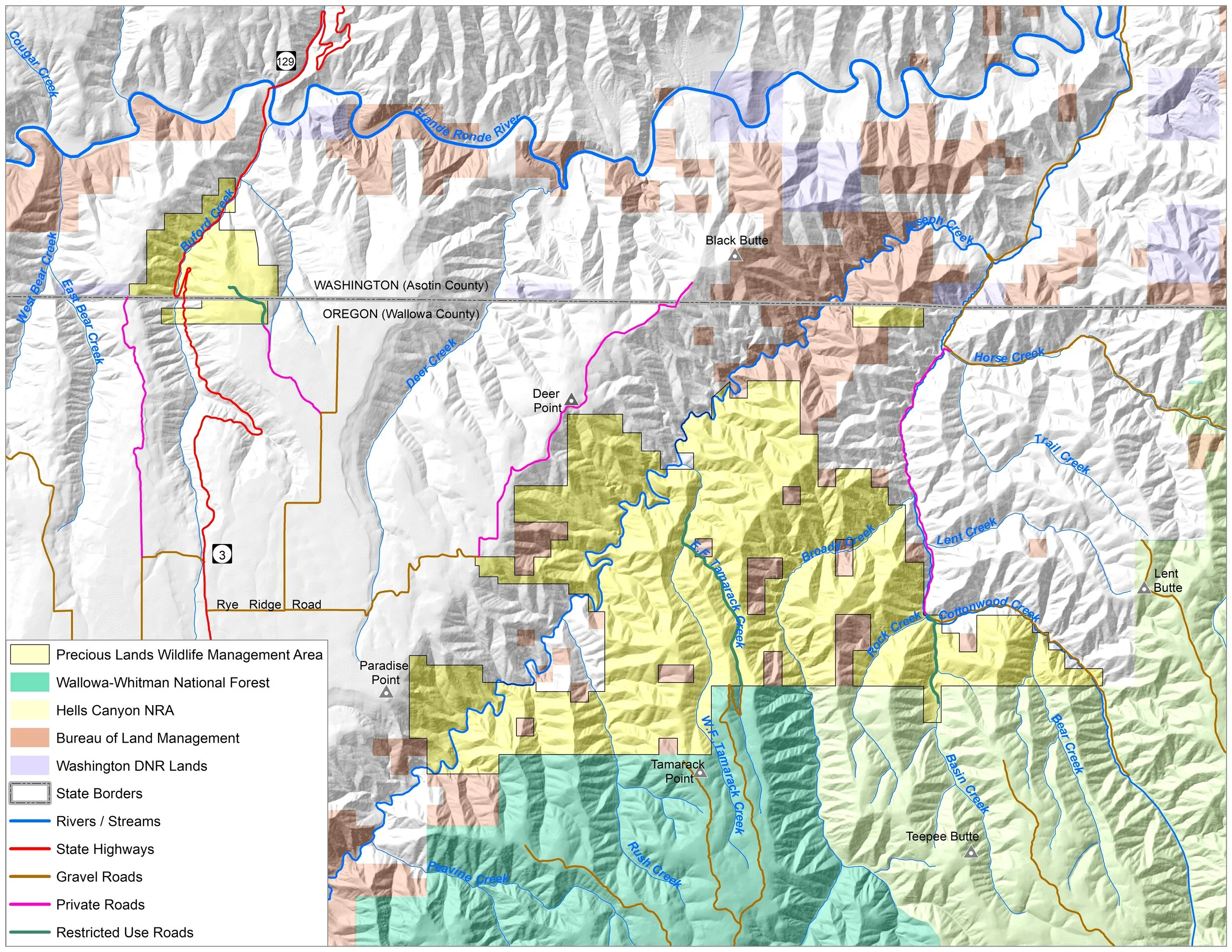
Hetes'wits Wetes
The Precious Lands Project
The Hetes'wits Wetes, or Precious Lands, project was initiated in 1996 to provide partial mitigation for wildlife habitat losses resulting from construction and inundation of the four lower Snake River dams. Precious Lands staff implement a contract with Bonneville Power Administration to complete habitat improvement and maintenance projects, monitor rare species, and maintain facilities on approximately 16,258 acres of canyon grasslands, forests, and streams in the Joseph and Buford Creek areas of northeast Oregon and southeast Washington. At its heart is the spectacular Joseph Canyon that cuts through ancient basalt layers to form a deep, incised canyon ecosystem. The Hetes'wits Wetes program was established under Keith Lawrence and Loren Kronemann in 1996 and led by Angela Sondenaa beginning in 1998.
The Hetes'wits Wetes Wildlife Area is bordered by private land in the north, east and west, and by the Wallowa-Whitman National Forest in the south. In addition, approximately 1,180 acres of Bureau of Land Management (BLM) in-holdings are co-mingled with the Precious Lands. These BLM parcels are passively managed by the NPT under a non-use grazing agreement and Memorandum of Understanding between the Nez Perce Tribe and BLM. There are no private in-holdings within the Hetes'wits Wetes project. Management of the Hetes'wits Wetes project is guided by a comprehensive management plan that was last updated in 2017.
Prior to European settlement, the area was used by the Nimiipuu for traveling from the beautiful Wallowa Valley to wintering sites along the Grande Ronde and Snake Rivers. Both Joseph and Cottonwood Creek are well-known travel corridors. Because of the low elevation of the area, it attracted wewúkye (elk), tin’úun (bighorn sheep), and téewisiin (mule deer) that were used for subsistence during the winter months. The bunchgrass communities also provided roots, bulbs, and fresh greens to native inhabitants. After modern horses (síḱem) became available, the canyon grasslands were also used to graze Nimiipuu horse herds. Today, tribal members continue to use the site to hunt, camp, and gather traditional foods.
Hetes'wits Wetes is home to over 120 species of birds, 16 special status plants, big game species such as wewúkye, téewisiin, and tin’úun, as well as large predators including wípwip (bobcat), ḱoýaḿá (cougar), yáakaˀ (black bear), and hímiin (gray wolf). Federally Threatened species include héeyey (Snake River Steelhead) and Spalding’s catchfly. Nine distinct streams flow through the property providing 16.3 miles of year-round fish habitat and ample travel corridors for area wildlife. With only 3 miles of gated roads, this area functions as quasi-wilderness where human intrusions are few.
Because this area functions as mitigation for the Columbia Basin hydropower system, it is open to the public for “reasonable” recreational uses, including hunting. Guidelines for that use are available here. If you visit Hetes'wits Wetes, please be respectful of neighboring private property and observe and respect all posted signs and rules. These lands are culturally important to the Nimiipuu (Nez Perce people); please treat them with care during your visit.
